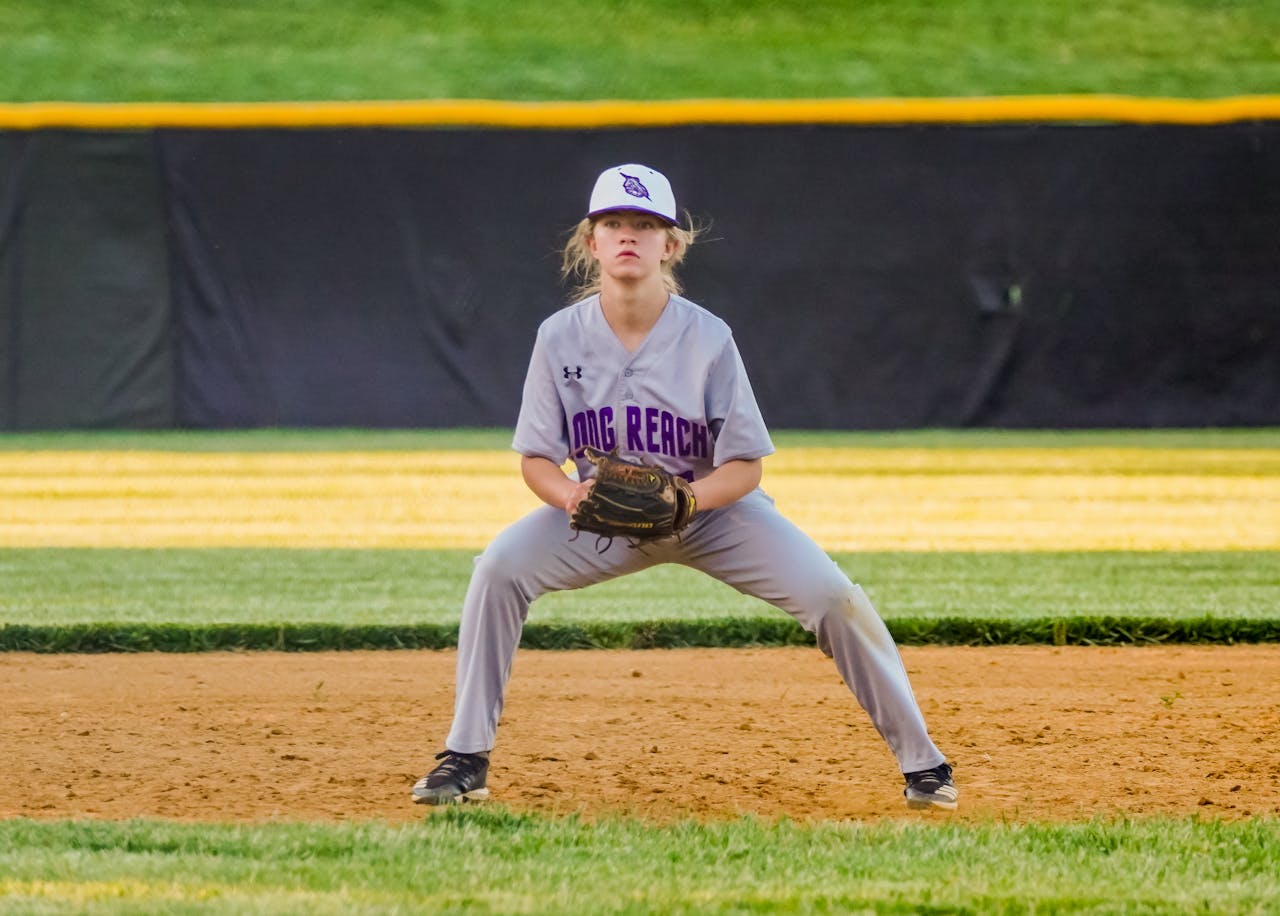Understanding College Softball Scholarships: What You Need to Know
Softball is a highly competitive college sport in the United States, with thousands of talented athletes vying for roster spots each year. Earning a softball scholarship can significantly reduce the cost of college. But how many scholarships are available for college softball? Let’s break down the numbers, division by division, and focus on ways you can maximize your chance for a scholarship as an aspiring student-athlete.
How Many Scholarships Do College Softball Programs Offer?
The number of softball scholarships depends on the athletic association (NCAA, NAIA, NJCAA) and the division in which the college competes. Scholarships are typically awarded at the coach's discretion and usually offered as either full-ride or partial scholarships, depending on program resources and roster needs.
- NCAA Division I Softball: Each team can offer up to 12 full scholarships per year.
- NCAA Division II Softball: Each team can offer up to 7.2 scholarships per year.
- NCAA Division III Softball: No athletic scholarships are provided, but academic and merit-based aid may be available.
- NAIA Softball: Programs can distribute up to 10 scholarships per team each year.
- NJCAA Softball (Junior College): Up to 24 scholarships can be awarded per team, usually covering tuition, fees, and sometimes housing and books.
These numbers represent the maximum available scholarships. Coaches often divide these to provide more partial scholarships, giving support to a larger number of athletes. This practice is known as “equivalency” scholarships.
Scholarship Availability by Governing Body and Division
It’s important to know which athletic association the schools on your list belong to. Here are more details about the opportunities within each:
NCAA Division I Softball Scholarships
- Powerhouse programs with the highest competition level
- Approx. 286 schools with softball teams (2023 data)
- A maximum of 12 scholarships allowed per school, per team
- Athletic scholarships can be split among players as partial aid
NCAA Division II Softball Scholarships
- Over 280 schools sponsor DII softball
- Each program can offer 7.2 scholarships, usually split among a roster of 20–25 athletes
- Balances athletic and academic focus; academic aid is also common
NCAA Division III Softball Funding
- DIII does not offer athletic scholarships
- More than 400 schools sponsor DIII softball
- Student-athletes can still receive non-athletic merit and need-based scholarships
NAIA Softball Scholarships
- Over 200 colleges and universities participate in NAIA softball
- Up to 10 scholarships per team, but programs often offer both partial and full awards
- Academic and leadership aid is common
NJCAA and Community College Softball Scholarships
- More than 500 junior and community colleges sponsor NJCAA softball
- Teams may offer up to 24 scholarships, covering most costs
- Great path for student-athletes aiming to transfer to four-year schools
Factors Influencing Scholarship Awards in College Softball
Not every college softball program is fully funded to provide the max number of scholarships. Actual numbers may vary based on:
- Institutional athletic budgets
- Conference rules and school size
- Academic standing and extracurriculars
- Level of competition for recruitment each year
- Coaches’ preferences for splitting scholarships
How to Improve Your Chances of Getting a College Softball Scholarship
Competing for a college softball scholarship is about more than just athletic talent. Here’s what you can do to stand out:
- Maintain strong grades and test scores to qualify for academic aid
- Create a highlight video showcasing your performance and versatility
- Contact college coaches early in your high school career
- Attend college softball camps and showcases to get exposure
- Demonstrate leadership, coachability, and a strong work ethic
Remember, many coaches prioritize recruits who contribute in the classroom and in their community as well as on the field.
Other Ways to Afford College as a Softball Player
Even if you do not receive an athletic scholarship, you can still offset tuition using other funding sources:
- Academic and merit-based scholarships
- Need-based financial aid (FAFSA, grants, work-study)
- Private and community scholarships for student-athletes
- Institutional aid unique to each college
Combining several types of aid is a common approach and can make attending college significantly more affordable.
Frequently Asked Questions About College Softball Scholarships
How many softball scholarships are available at the NCAA Division I level?
NCAA Division I softball teams can offer up to 12 scholarships per year. Scholarships may be split among several players, so some receive partial scholarships instead of full rides.
Are full-ride softball scholarships common?
Full-ride scholarships are rare in college softball. Coaches often divide scholarships among multiple players to build a deeper roster. Most student-athletes receive partial scholarships combined with other types of aid.
Which schools offer the most softball scholarships?
Junior colleges (NJCAA) can offer up to 24 scholarships per year, the highest number among all divisions. NCAA Division I and NAIA schools also offer significant aid, though most scholarships are split between students.
What can you do if you do not receive an athletic scholarship?
Many student-athletes qualify for academic or merit scholarships, need-based aid, or private scholarships for athletes. Playing at the Division III level or walking on at a school are also options to continue your softball career while pursuing other aid.
How competitive are college softball scholarships?
Softball scholarships are very competitive. Thousands of high school softball players compete for limited scholarships each year. Strong academics, a good attitude, and early outreach to coaches can set you apart.
Final Thoughts on College Softball Scholarship Opportunities
Pursuing a softball scholarship requires athletic ability, determination, and strategic planning. While the number of available scholarships is limited, combining athletic awards with academic and other forms of aid can help you achieve your goal of playing college softball and earning your degree. Start early, stay diligent, and remember that many paths can lead to an affordable and rewarding college experience as a student-athlete.











.svg)



